Time-lapse videos are the perfect blend of photography and videography. It takes skills in photography to flawlessly frame and execute each consecutive shot in order to have enough material to create a video. You also need to have considerable knowledge in creating and editing video to really make the magic.
Creating time-lapse videos requires skill, trial-and-error (to gain that skill), and lots of patience throughout the entire process. The goal of this article is to serve as a sort of checklist of things you need to consider before starting to shoot time-lapse. You need to consider these points because time-lapse videos usually take lots of time, and they cause a significant amount of wear on your shutter. In case you didn't know: most cameras are calculated to hold up for about 150,000 shutter releases (actuations) from the factory. It doesn’t mean that the 150,000th picture will be the last one, but once you get in that ballpark you’ll notice that your shutter will start to misperform from time to time, eventually failing altogether. This will necessitate a shutter replacement that could cost you around $100-150 USD.
1. Consider Changes in Lighting
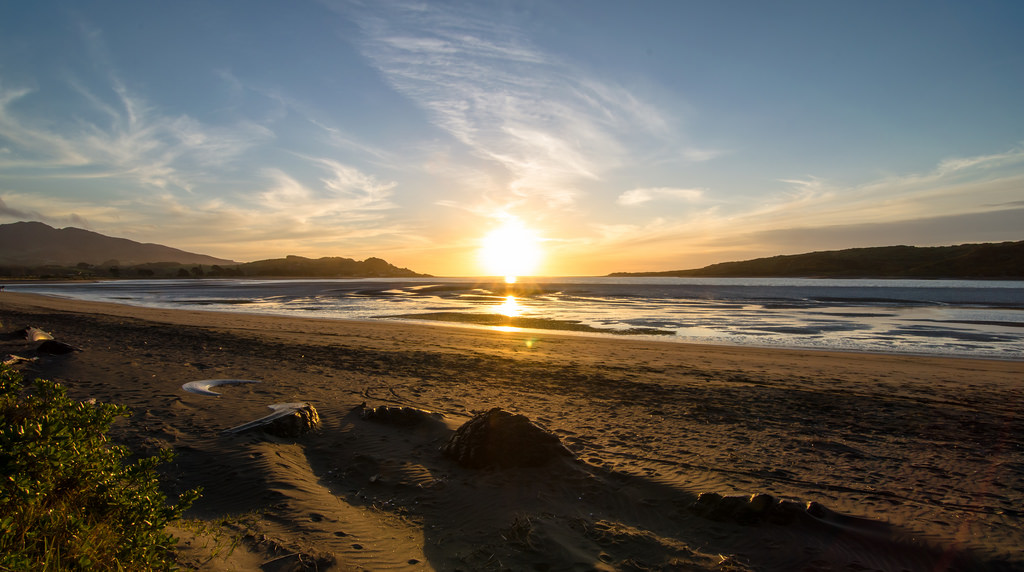
If you plan to shoot a sunrise or sunset, it would be smart to first do a test shoot. Head to your chosen location a day early, and set your camera to a longer interval. For example, if you were planning to ultimately capture one shot every two seconds, then set up your practice run for one shot every 20 seconds or more. This will provide you with information about exposure changes, and so forth. During sunrise and sunsets the exposure can change up to six stops, totally ruining a time-lapse (something I learned the hard way). It's wise to write down the settings you used and adjust them accordingly in order to replicate them the next time. Try going from bright to dark with the camera settings and when reviewing them in post decide which one suits you best. Use that as a flat setting the next time you shoot the timelapse.
2. Location and Path-of-Travel of the Sun or Moon
 Photo by Kim MyoungSung
Photo by Kim MyoungSung
When you are shooting images for an outdoor time-lapse, chances are pretty good that the sun or the moon will make an appearance in your images. Even though this doesn’t always happen, most photographers love it and plan for it. However, due to Earth's rotation, the Sun's position will change over the horizon. The same applies to the moon. You need to know exactly what path the sun/moon will take in reaching its zenith. If you are shooting sunsets/sunrises, you'll need to know where the sun will disappear or appear on the horizon. This is something else I learned the hard way: I once framed the shot and the sun entered from the left side and set on about 30% of the frame, leaving me with a bad picture. That's why it is smart to take note of the position of the celestial objects and the way the light and shadows behave while you're measuring the light on the day before.
3.-Appropriate Shutter Duration and Interval
As with video, the shutter duration affects the flow of the time lapse, as well as the interval between shots. If the shutter duration is too short–especially if there are fast-moving objects in the scene–then it will seem as if the objects are teleporting between frames. This effect makes the time-lapse stuttery and unpleasant to watch. But if the shutter duration is too long, then the fast-moving objects will disappear altogether, leaving you with a boring scene sadly lacking in interesting motion.
 Photo by Eric May
Photo by Eric May
In attempting to secure cars and people moving about a street, I’ve found that an interval of about 2-5 seconds nicely accommodates shutter speeds of 1/4th to 1/10th.You will likely need to tweak these factors to suit your individual needs and liking, but I highly recommend them as a starting point.
You need to know that adding frame blending in post-production won't substitute for a longer shutter. In the past attempts at this that I've seen, the frame blending actually makes the time-lapse look really unprofessional.
If you are going to shoot things that move slowly, such as the sun, then you can go with using faster shutter speeds. This is because there shouldn't be any motion occuring in any single picture, giving you a nice smooth transition when you merge the time-lapse at the end.
4.-Sufficient Battery Power and Memory in the Cards
 Photo by Seeweb
Photo by Seeweb
If you plan to shoot a lengthy time-lapse sequence, then definitely make sure that you have enough power in your batteries. To run out of battery in the middle of shooting would probably ruin your day. Each camera has an average amount of frames it can capture on the power of a single battery. Test out how many your camera is capable of on one battery alone and then load a battery grip with a couple of extra batteries, just in case. For example, my 7D Mark II can do around 400 shots on a single battery, which means 800 in total. From this I know that I can’t shoot more than 30 seconds of time-lapse sequences in a single go. This is due to the fact that with 24 frames per second of video, 30 seconds will equal 720 frames. There are also the factors of heat and wear-and-tear to be taken into consideration, leaving the remaining 80 shots to serve as a margin of error. 720 frames is a significant amount, but I respect it as the limit and plan accordingly.
The same is true of memory cards. Make sure that you can fit the planned time-lapse on a single memory card. If I were to use a 16GB card on my camera, it wouldn't contain more than 600 photos. That's why I need to use a bigger card in order to store as much as the camera can capture.
shoot practically indefinitely as long as you have enough room on your hard drive and enough power. Another option, if you have the means to do so, is to connect the camera to an external power unit and tether it to a computer. In theory, this would allow you to shoot as long as you want to, provided you have enough external power and memory space.
Summary
Ensure a successful time-lapse by testing every possible aspect prior to shooting. You can do so in one try on the day before in taking only a fraction of the amount of shots you will ultimately need. This will both save you on time and minimize wear on your gear. By doing a trial-run, you also have the benefit of achieving better results in your final product. So prepare, practice up, and shoot an incredible time-lapse video!

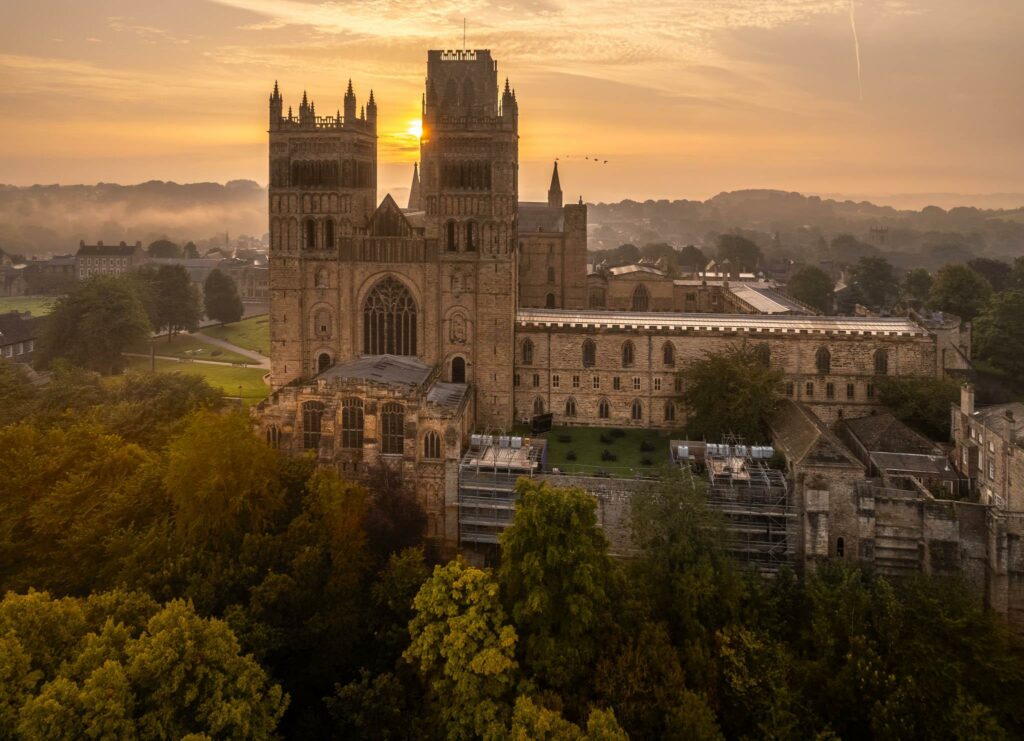
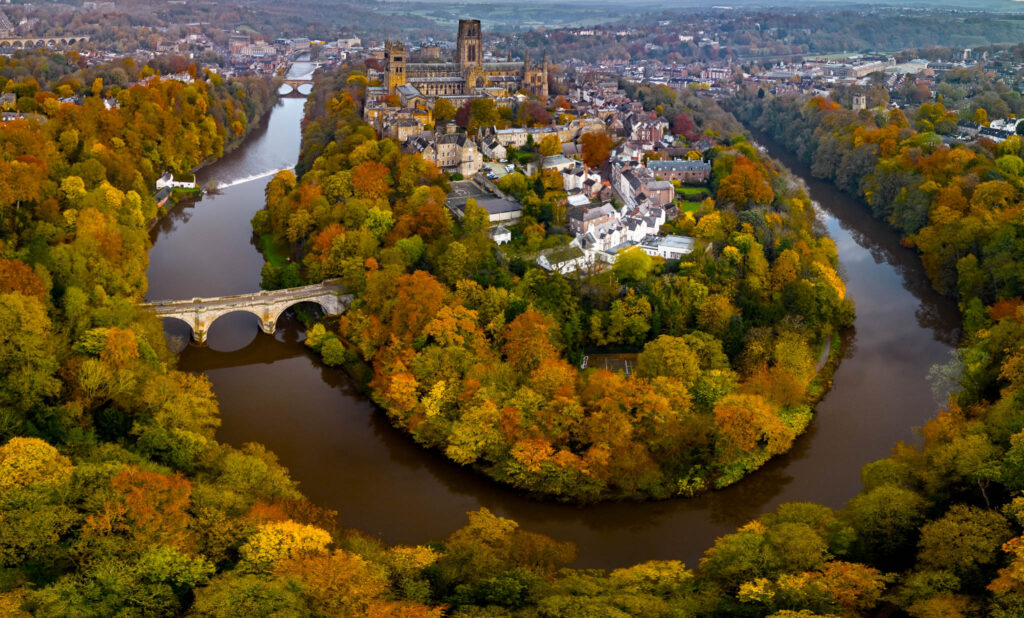
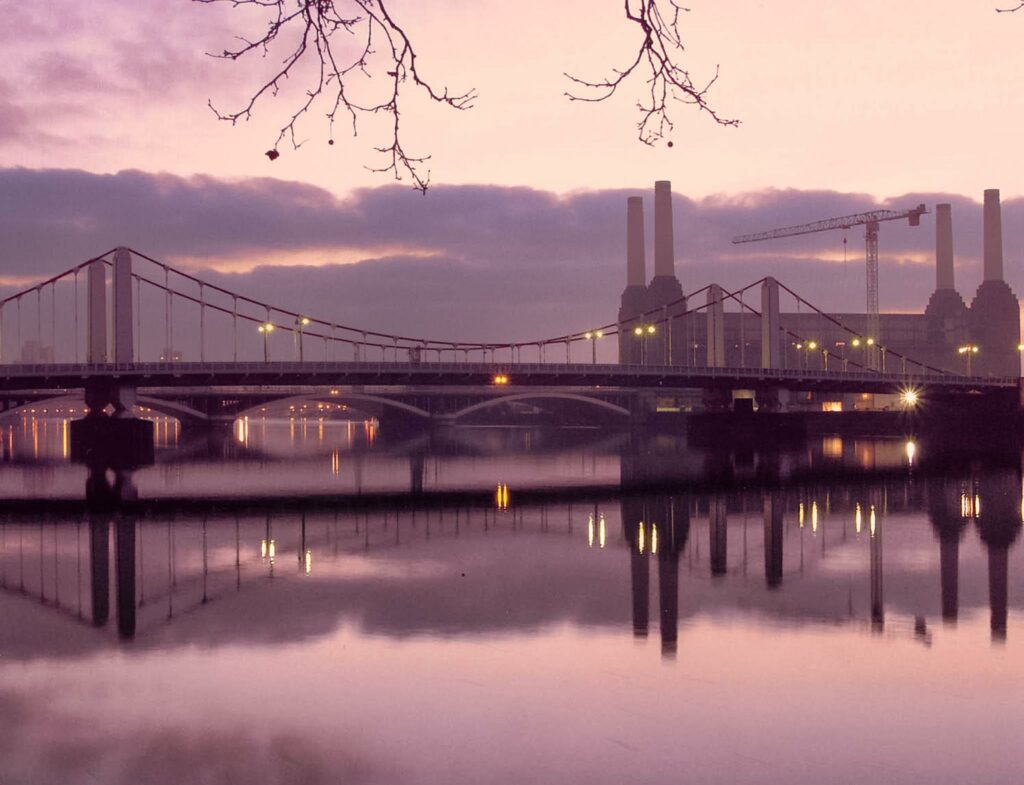
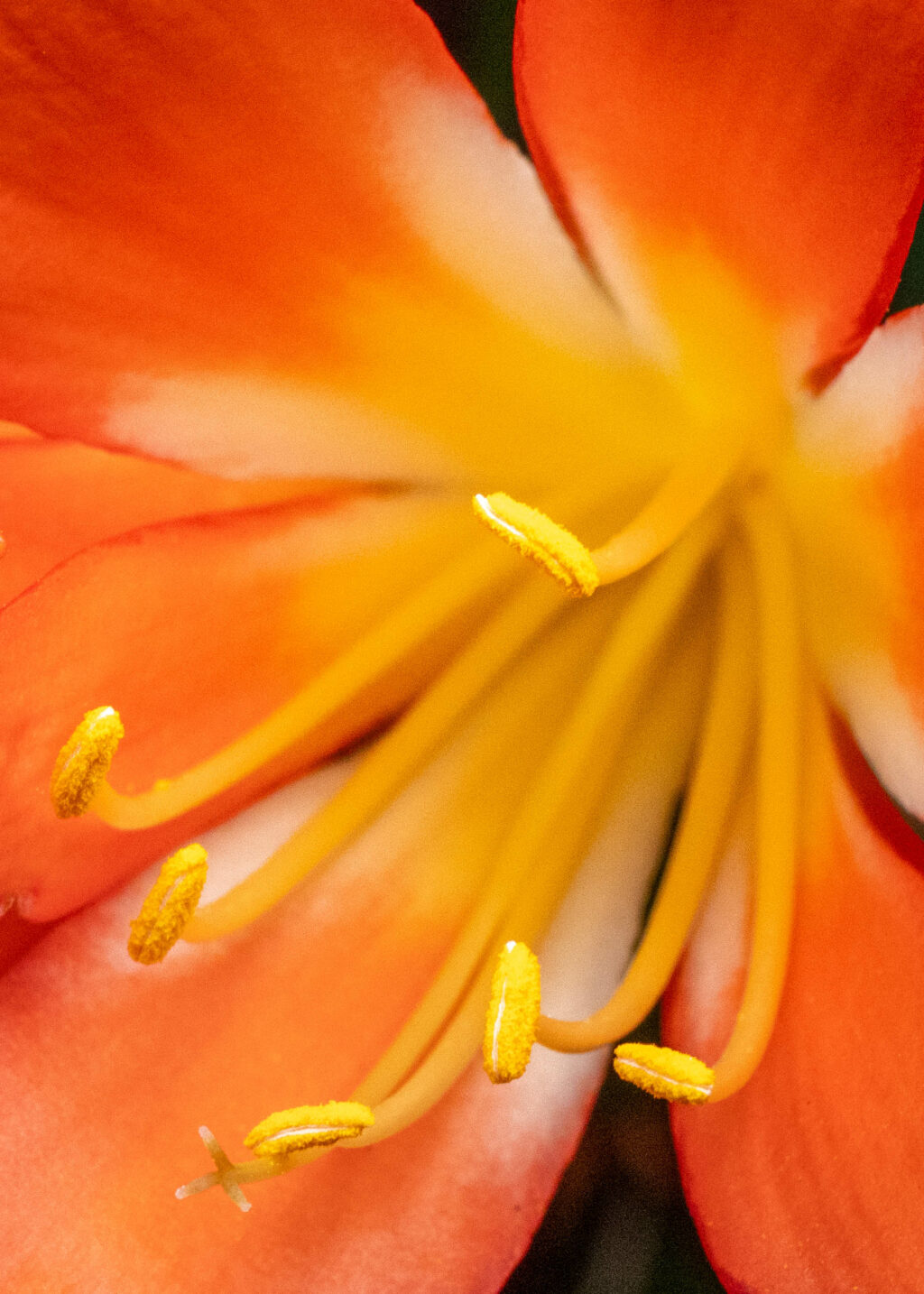
1 Comment
Can you suggest processing software and tips?